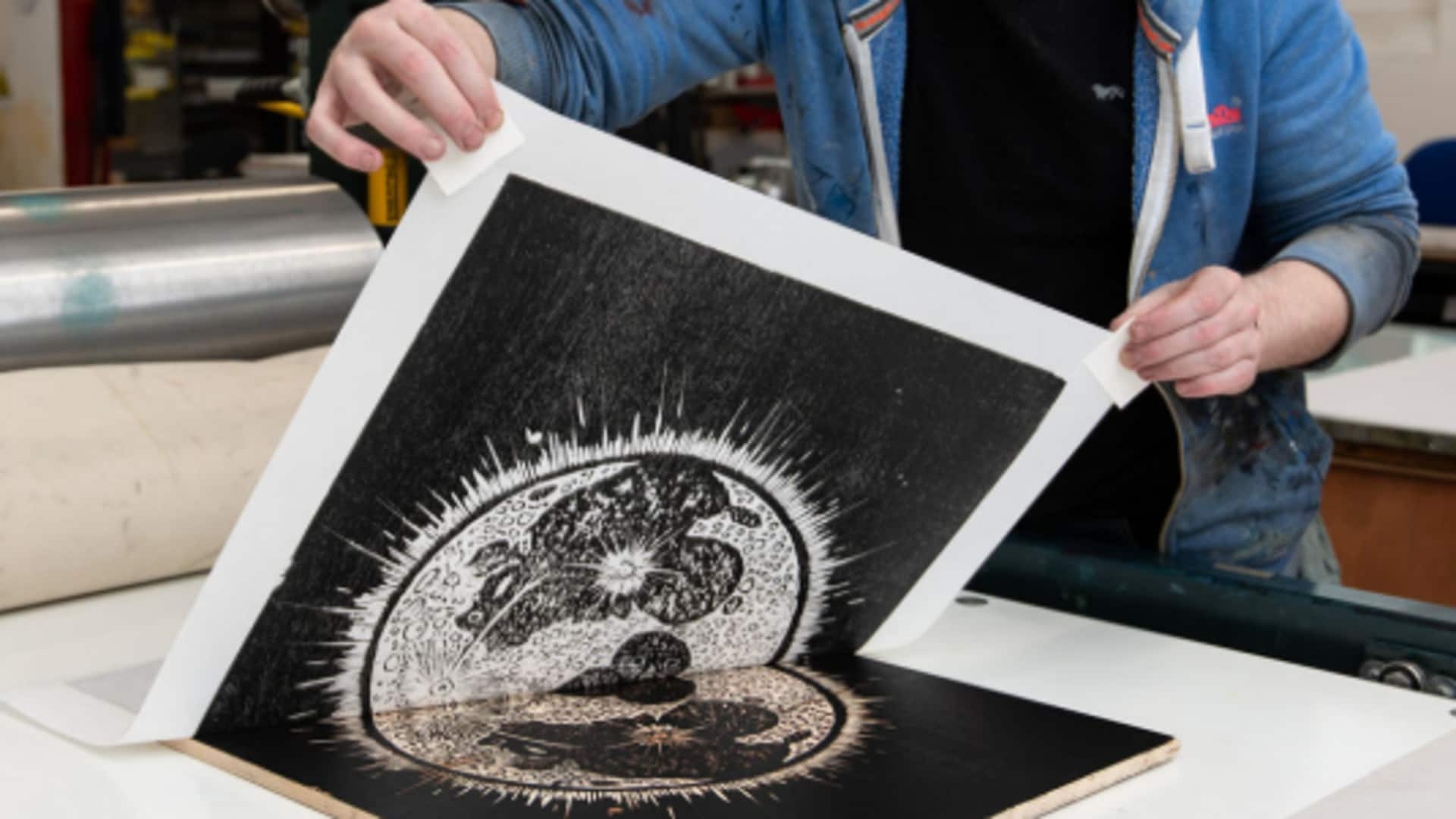
Relief printmaking: Tools, techniques, and tips
What's the story
Relief printmaking is a traditional art form where one carves into a surface to create an image. The technique has been used for centuries and remains popular among artists today. By learning the basics of relief printmaking, you can appreciate the skill and creativity that goes into this craft. The process requires a lot of precision and patience, making it both challenging and rewarding for practitioners.
Basics
Understanding the basics of relief printmaking
Relief printmaking is where an image is carved into a block or plate (usually wood or linoleum). The raised portions are inked and the recessed ones are left uninked. This way, the design is transferred easily onto paper or fabric. This technique enables artists to print multiple copies of their work with perfection. It takes some time to master carving and inking.
Tools
Tools used in relief printmaking
The tools used in relief printmaking are essential for creating detailed images. Common tools include gouges, chisels, and knives designed specifically for carving into surfaces like wood or linoleum blocks. Each tool serves a unique purpose; some are used for broad cuts, while others allow for intricate detailing. Proper maintenance of these tools is crucial, as sharpness directly affects the quality of the prints produced.
Techniques
Techniques to enhance your prints
Several techniques can enhance relief prints, adding depth and texture to artworks. Artists may experiment with different types of ink or paper to achieve varied effects. Layering colors through multiple passes can create complex images with rich tones. Additionally, varying pressure during printing can result in subtle changes that add interest to each piece.
Tips
Tips for beginners in relief printmaking
For beginners interested in relief printmaking, it's best to start with simple designs before moving on to more complex images. Practicing on inexpensive materials builds confidence without the fear of wasting resources. Joining workshops or classes offers valuable hands-on experience under expert guidance, accelerating learning curves significantly.